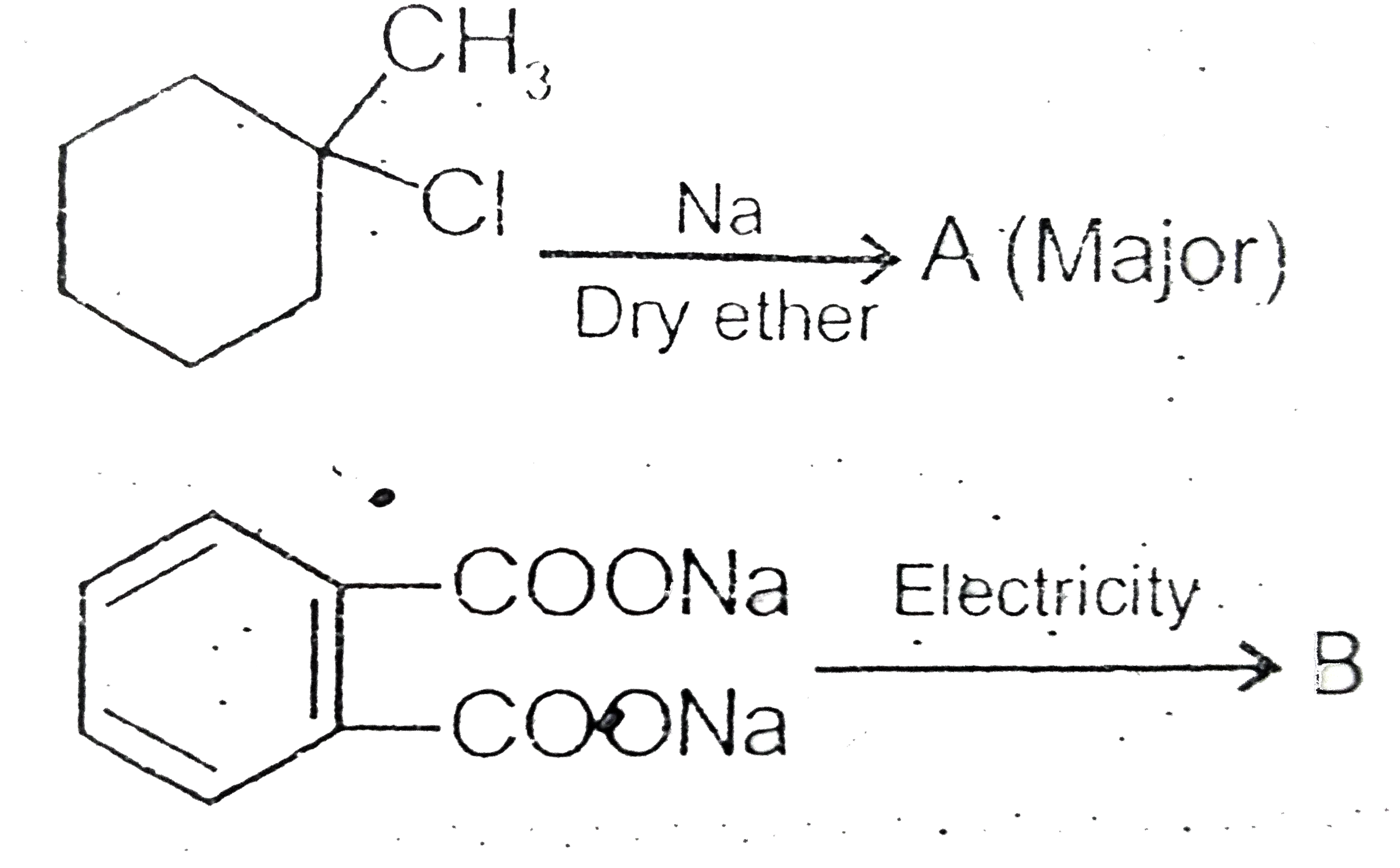
(C) What are suitable salt of lithium and alkyl halide to prepane neo-pentane by Corey-House synthesis? (D) Heat of hydrogenation of propaene is greater than 2-butane , why?
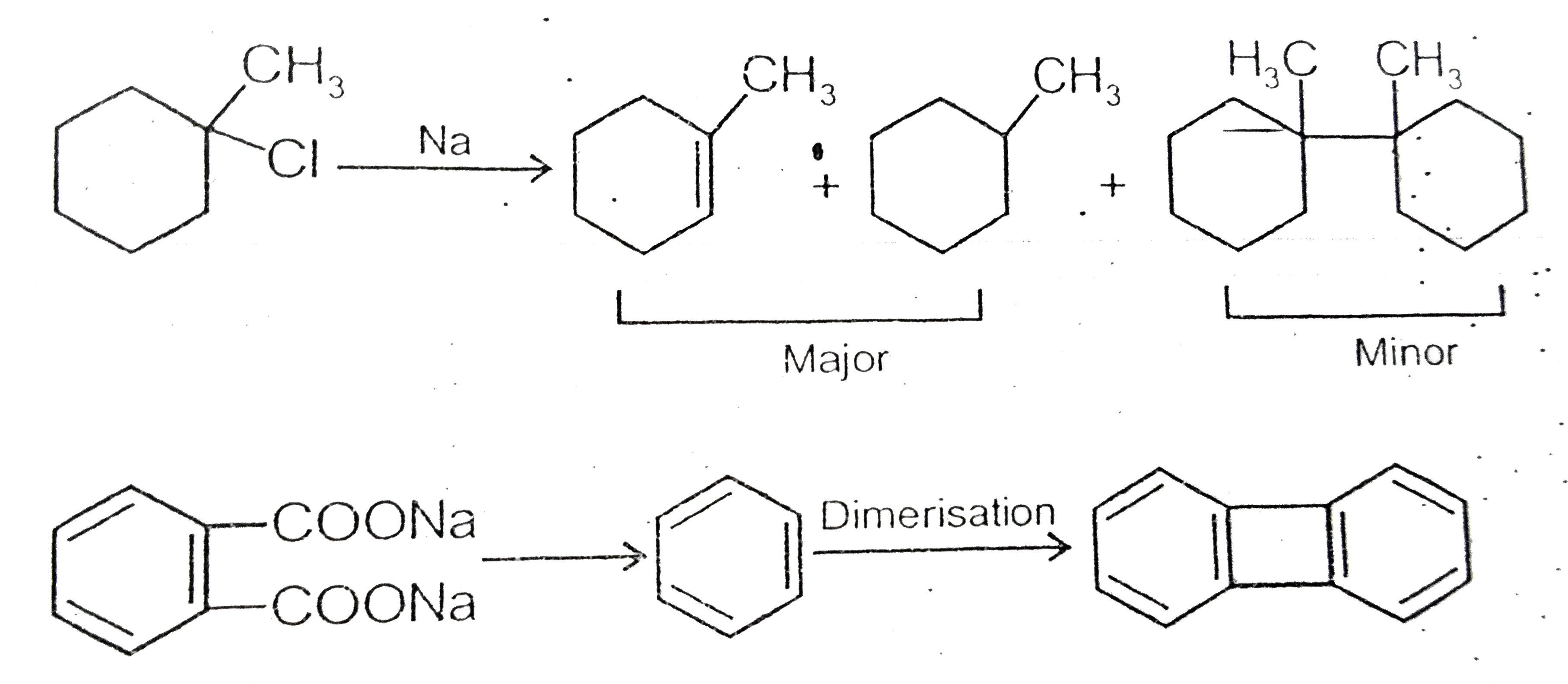
(c) CH3−Cl and (CH3)3Cli
(D) 2-butene is more stable than propene due to more hyper conjugated Structures hence lower heat of hydrogenation.
Topper's Solved these Questions
- BOOK - AAKASH INSTITUTECHAPTER - HYDROCARBONSEXERCISE - ASSIGNMENT SECTION-A COMPETITION LEVEL DIFFER BY50videos
HYDROCARBONS
- BOOK - AAKASH INSTITUTECHAPTER - HYDROCARBONSEXERCISE - SECTION-B OBJECTIVE TYPE QUESTIONS (ONE OPTION IS CORRECT)25videos
HYDROCARBONS
- BOOK - AAKASH INSTITUTECHAPTER - HYDROCARBONSEXERCISE - Assignment(Section - D) (Assertion -Reason Type Question)24videos
HYDROCARBONS
- BOOK - AAKASH INSTITUTECHAPTER - HALOALKANES AND HALOARENES EXERCISE - ASSIGNMENT SECTION -D15videos
HALOALKANES AND HALOARENES
- BOOK - AAKASH INSTITUTECHAPTER - HYDROGENEXERCISE - ASSIGNMENT (SECTION - D) (Assertion-Reason Type question)15videos
HYDROGEN
Similar Questions
(i) write equations for the preparation of n- heptane
(a) n- Butyl bromide ( B) Ethyl bromide
( C) i- Butane ,(d) 2- butane
(ii) which of the following reagents will react with ethane ?
(a) Aqueous Ko ,
(b) Alkaline KMnO4 ,
( C) Bromine in presence of light ,( D) Nitric acid at 723 K.
(iii) write the strutural and IUPAC names for all the dibromo derivatives of propane .
( iv) write the structural formula and IUPAC names for all the trichloro devivaties of propane ,
( v) starting with bromoethane and bromomethane , prepane propane using the Corey -House sythesis (vi) prepane n- hexane form i- bromopropane using the corey -House synthesis .
(vii) prepane 2- deutero propane from isopropyl bromide .View Solution(A) which is better of (i) and (ii) ?
(i) CH3CH2C(CH3)2Br(i)Li−−−−−→(ii)Cul CH3CH2Br−−−−−−→
(ii)CH3CH2Br(i)Li−−−−→(ii)CulCH3CH2C(CH3)2Br−−−−−−−−−−−−−→
Also identift the product formed .
( B) sodium salt of which and will be needed for the perparation of prepane ?
( C) when sulphuryl chloride (SO2Cl2) is used to chlorination of an alkane , an Explain mechanism of chorination .
( D) give the condensed formulae for the alkanes (i ) C8H18 and (ii) C11H24 with the greatest number of methyl groups ,
( e) place the three isomeric pentanes in order of increasing stability at room temperature .
( F) write the structure of all tjhe alkanes that can be hydrogented to from 2- methypentane .
(G) in the halogentation of alkanes other than methane , there is another chain termining reaction called disproportionation write the mechanium of this reaction for ⋅C2H5
(h) write the structure of an alkane , C8H18 which gives only one monochloro substitution product.View Solution
Knowledge Check
- Question 1 - Select One
Which of the following alkyl halides is not suitable for Corey-House synthesis of alkanes-
ACH3IBC2H5BrCCH3CH2CH2CH2ID(CH3)3CBr - Question 2 - Select One
Which of the following alkyl halides is not suitable for reactions with lithium dialkylcuprate in the Corey-House synthesis?
A(CH3)3CBrBC2H5BrCCH3BrDCH3CH2CH2I - Question 3 - Select One
When our target is

asked to make this ether startint from alkyl halides. First we recall that ethers can be prepared by substitution reactions of alkoxide anion nucleophiles with alkyl halide electrophiles- The William ether synthesis. The two ways to prepare the target ether are as follows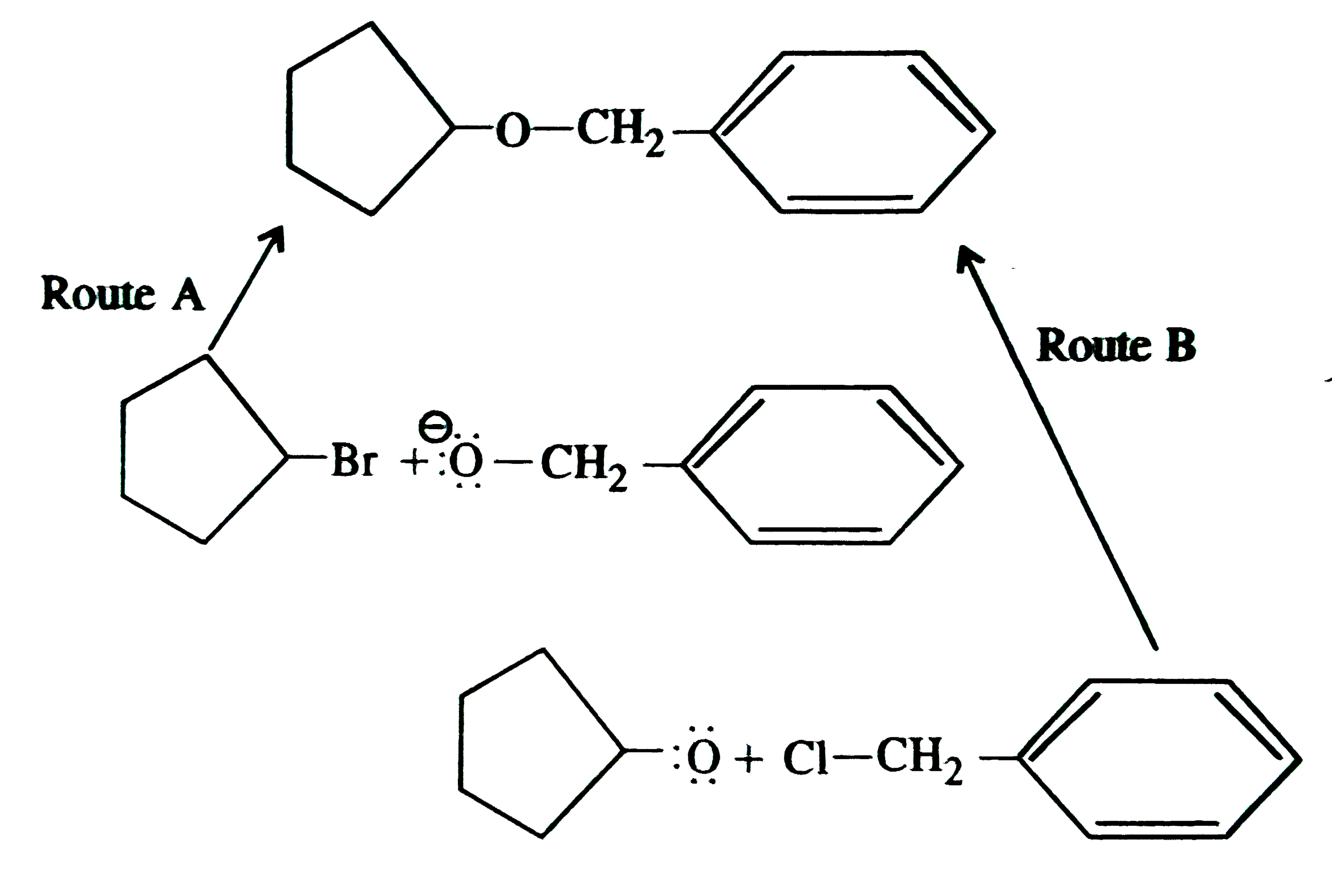
Next we examine the two reactions to determine whether both are expected to give a good yield of the target compound. Since route A combines a strongly basic nucleophile a secondary (2∘) alkayl halide we expect the major product to result from elimaination by E2 mechanism.
Route B on the other hand, employs a primary alkylhalide that can not give elimination (It has no hydrogen on the β-carbon) and that is excellent.
Substrate for an SN2substitution because it is benzylic Route B is the obvious choice.
Which of the following reagents when heated will give a good yield of an ether.AIsopropyl bromide and sodium isopropoxideBIsopropyl bromide and sodium ethoxideCBromo benzene and sodium phenoxideDSodium tert butoxide and ethyl bromide.
Explain the following:
a) Why alkenes are more reactive than alkanes?
b) Acetylene reacts with ammoniacal silver nitrate solution or ammoniacal cuprous chlroide solution or sodamide to form an acetylide while ethylene does not.
c) But-2-ene shows geometrical isomerism but but-1-ene does not show.
d) Why has but-1-yne a larger dipole moment (0.80 D) than but-1-ene (0.40D) ?
e) Wjhuy alkylnes are slightly more soluble in water than alkenes and alkanes?
f) Cyclopropane is more reactive than cyclobutane.
g) Cyclopentane is more reactive than cyclobutane.
h) Which isomer of C4H)(9)Br yeilds only a single alkene on dehydrobromination?
i) Write the products of dehydrochlorination of the following:
(j) Which of the following reactions would provide a better synthesis of 2-pentene?
k) Write the major products of dehydration of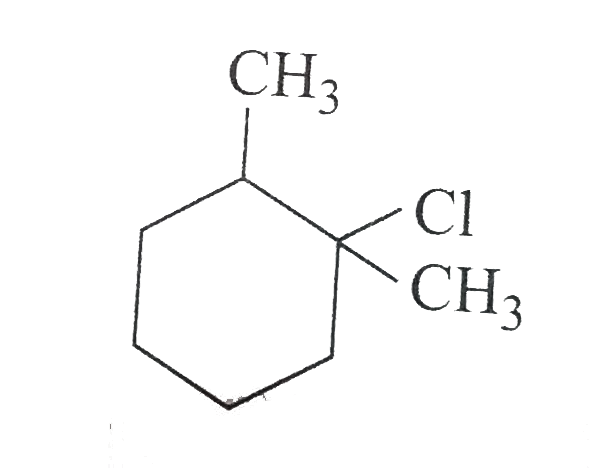
l) Comparison of heat of hydrogenation for the following alkenes:
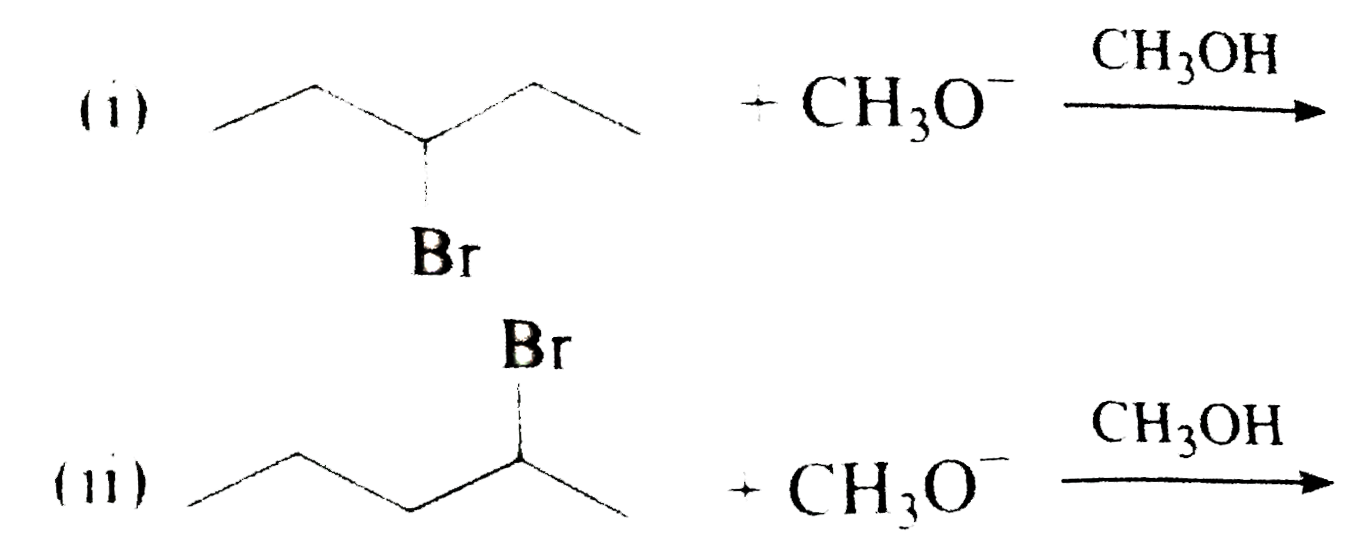
m) Write the intermolecular step and give the product of the following reactioni:

n) Give the structures of an optically active alkene (A) having the lowest molecular mass, which on catalyst hydrogenation gives an optically inactive compound (B).

 View Solution
View SolutionAnswer the following with reasoning:
(i) Why all the acid derivatives (RCOG) [G may be -X (acid halides), −NH2 (amides), OR' (esters) or -OCOR (anhydrides)] are studied as a unit?
(ii) Why the C-G bond in acid derivatives is expected to be shorter and stronger than in alkyl derivatives (R-G)?
(iii) Why esters have lower boiling points than (a) ketones and (b) acids of comparable molecular masses?
(iv) Amongst the following amides, CH3CONH2,CH3CONHCH3andCH3CON(CH3)2, why acetamide has the highest boiling point and CH3CON(CH3)2 the minimum boiling point?
(v) How the order of reactivity of the acid derivatives is related to the base strength of the leaving groups?
(vi) Why cannot HCl convert RCOOHto RCOCl?
(vii) Why does an acyl chloride undergo nucleophilic attack more rapidly than does an alkyl chloride?
(viii) What is the essential difference between nucleophilic attack on the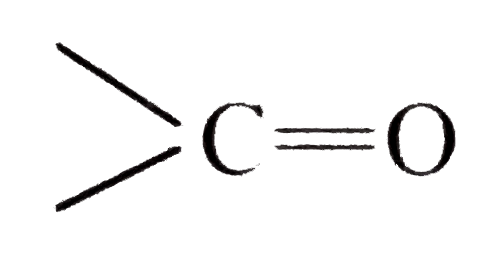 of an aldehyde or ketone and on an acyl derivative?
of an aldehyde or ketone and on an acyl derivative?
(ix) Why a ketone is not isolated from the reaction of an ester with one equivalent of RMgX?
(x) Amongst the following esters, CH3COOC4H9,CH3COOC3H7,CH3COOCH(CH3)2andCH3COOCH3 : why CH3COOCH3 is most readily hydrolysed with NaOH?
(xi) Why formic anhydride cannot be prepared by heating formic acid?
(xii) Primary and secondary amides exist as dimers in the solid and pure liquid state.
(xiii) Why urea is basic?
(xiv) Why guanidine is a strong monoacid base?
(xv) Why melting point of primary amide is higher than secondary and tertiary amides?View SolutionExpalin the following
(a) The central C−C bond in Buta 1,3 diene is shorter than that of n-butane
(b) Why the dipole moment of cis−1,2 dichloroethene is greater than that of trans -1,2 -dichloroethene
(c ) CIFΘ2 is linear, but CIF⊕2 is bent
(d )Two different bond lengths are observed in PF5 but only one bond lenght is observed in SF6 .View SolutionOf the following statements , which are true for SN2 reaction.
(a) Tertiar alkyl halides reacts faster than secondary.
(b) The absolute configuration of product is opposite to that of the reactant when an optically active substrate is used.
(c) The used shows first order kinetics.
(d) The rate of the reaction depends markedly on the nucleophilicity of the attacking reagent.
(e) The mechanism is one step.
(f) Carbocations are intermediate.
(g) Rate ∝ [Alkyl][halides]
(h) The rate of the reaction depends on the nature of the leaving group.View SolutionWhen our target is

asked to make this ether startint from alkyl halides. First we recall that ethers can be prepared by substitution reactions of alkoxide anion nucleophiles with alkyl halide electrophiles- The William ether synthesis. The two ways to prepare the target ether are as follows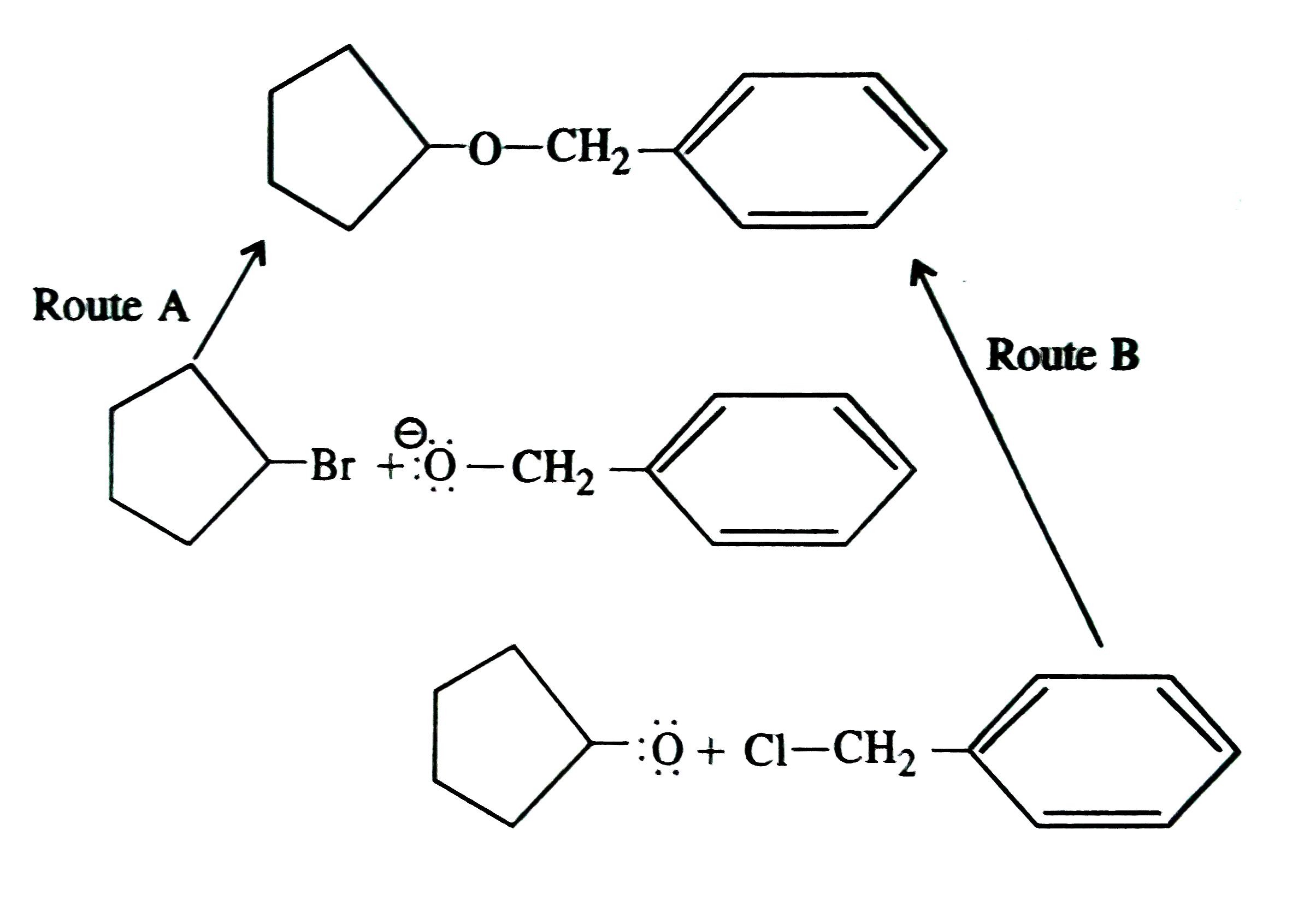
Next we examine the two reactions to determine whether both are expected to give a good yield of the target compound. Since route A combines a strongly basic nucleophile a secondary (2∘) alkayl halide we expect the major product to result from elimaination by E2 mechanism.
Route B on the other hand, employs a primary alkylhalide that can not give elimination (It has no hydrogen on the β-carbon) and that is excellent.
Substrate for an SN2substitution because it is benzylic Route B is the obvious choice.
Alkyl phenyl ether can be prepared by heatingView Solution

